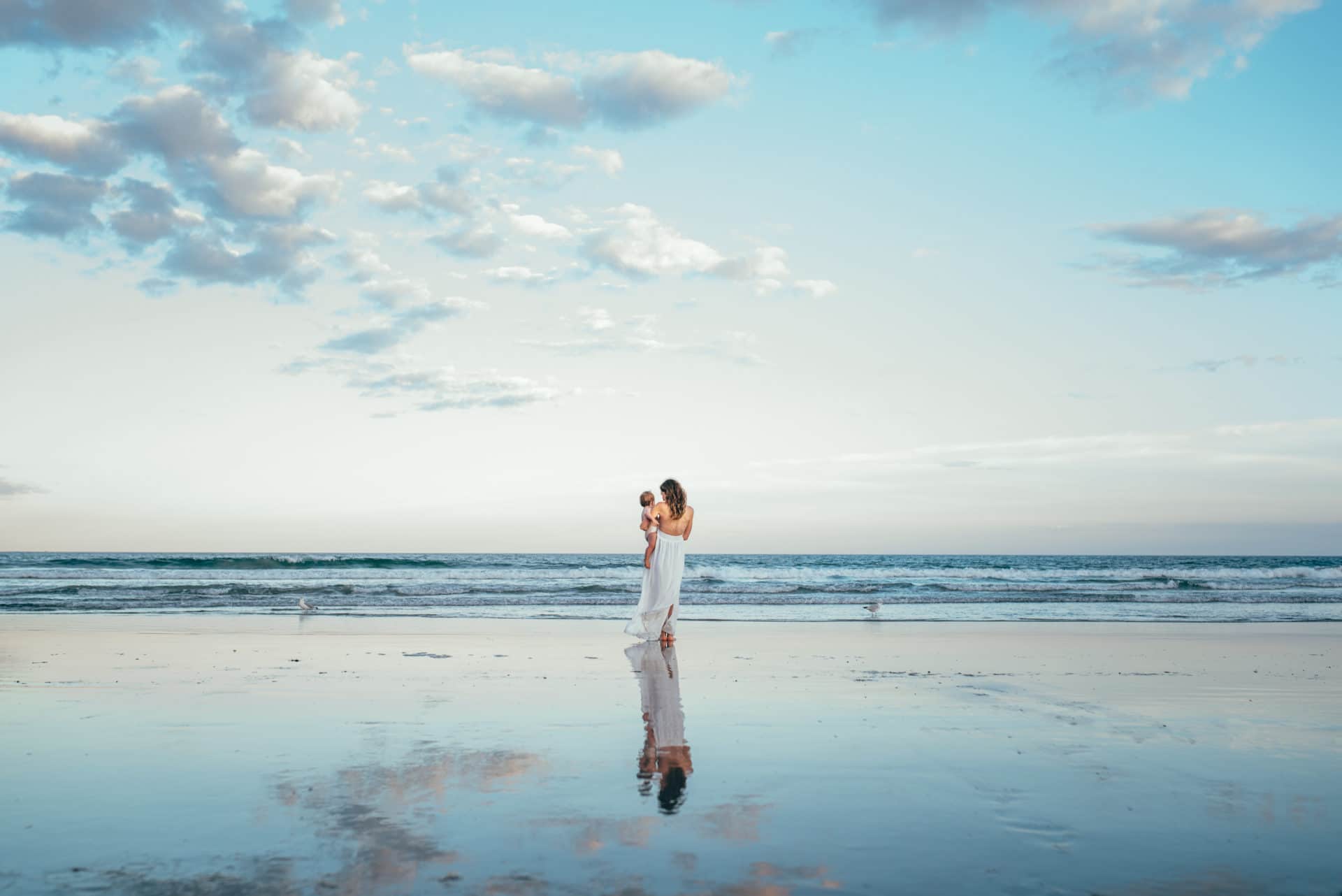
If you are a business owner like me, you may be sitting there wondering how the $2 trillion Coronavirus Assistance Package (CARES Act) can help you navigate this difficult time.
In addition to the Recovery Rebate (a cash payment of $1,200 per adult and $500 per child that phases out at a rate of $5 for every $100 of annual income over $75,000 (or $150,000 for couples), the CARES Act provides several financial lifelines for self employed individuals and small business, including small business loans, frants and unemployment.
NOTE: This is not legal or financial advice, I am merely sharing my understanding and how I am interpreting all of this for my own business. Please also consult your circle of experts , such as your local tax accountant or attorney to determine how the CARES Act best applies to you and your business.
FIRST: Do you need a loan to keep your business afloat?
If you have studio expenses or business debt, you may be having trouble funding your required payments with no money coming in. If so, you can apply for an Economic Injury Disaster Loan (EIDL).
Loans can be used towards any business expenses and must be repaid with interest. You do not need to have employees to qualify for this loan and these loans are not intended to replace payroll or salary obligations (see below for those options). These loans have low interest rates (no more than 4%) and long repayment terms. You will want to consider this loan before taking on credit card debt to keep your business afloat.
You can apply through any existing SBA7 (a) lender, any federal depository institution or credit union, and other banks may be participating as well. You will want to reach out to your local bank to see if they are participating.
You can apply for an EIDL load here: https://www.sba.gov/funding-programs/loans/coronavirus-relief-options/economic-injury-disaster-loan-emergency-advance
You may also quality for an EDIL Grant. This Grant is designed to help you maintain payroll and keep people employed. Even as a Sole Proprietor or single member LLC you may quality. You can apply for up to $1k per employee up to $10k. EDIL Grants do not need to be repaid.
SECOND: What salary/payroll assistance to you quality for?
Scenario 1: You don’t have any work and you consider yourself to be “unemployed”?
Example: You didn’t have any current or future bookings on your calendar and you are unable to book any new work due to COVID-19, so you effectively consider yourself to be unemployed.
If you are unable to work, and the work simply isn’t there, due to COVID restrictions then you can apply for unemployment benefits.
Do You Qualify: To File for unemployment there must be no income-generating work for you to do.
How Much Money Will You Get: Under this plan, the federal government will give jobless workers up to $600 a week up to 16 weeks until July 31st, on top of their state benefits with an additional 13 weeks of extended benefits covered providing up to 39 weeks of financial assistance in total.
How To Apply: To apply for federal unemployment benefits you must go through your state’s unemployment program.
Scenario 2: You have work, but are physically unable to work due to COVID-19.
An example of this is if you had photography sessions booked but you keep having to cancel them because you are physically unable to do the work due to COVID-19 restrictions.
If you don’t qualify for unemployment, but you are unable to work due to restrictions from COVID-19 or requirements that you self-quarantine, you may qualify for emergency sick leave and FMLA tax credits.
Self employed individuals may take up to 10 days (a max of 80 hours) of emergency sick leave. After those 10 days you may also qualify for FMLA for an additional 10 weeks.
Tax credits do not put money in your pocket today but they will reduce your tax liability for 2020. You may use the tax credits to reduce your estimated quarterly federal tax payment, or any future federal payroll tax payment, such as social security.
Do You Qualify: You may be eligible for the sick leave and FMLA tax credits for the following reasons:
- You are subject to a Federal, State, or local quarantine or isolation order related to COVID-19;
- You have been advised by a health care provider to self-quarantine related to COVID-19;
- You are experiencing COVID-19 symptoms and is seeking a medical diagnosis;
- You are caring for an individual subject to an order described in (1) or self-quarantine as described in (2);
- You are caring for a child whose school or place of care is closed (or child care provider is unavailable) for reasons related to COVID-19; or
- You are experiencing any other substantially similar condition specified by the U.S. Department of Health and Human Services.
How Much Money Will You Get: Under this option you will not actually “get” any additional cash in hand. Instead you will calculate tax credits that you can use to reduce your estimated quarterly federal tax payment, or any future federal payroll tax payment, such as social security.
Under emergency sick leave, reasons 1-3 will make you eligible for 100% daily self employment income reimbursement, up to $511/day for 10 days. Reasons 4-6 will allow you to claim an emergency sick leave credit of ⅔ your daily self employment income, up to $200/day for 10 days.
After the two week period you are eligible for an additional 10 weeks (50 days) at up to $200/day for all 6 reasons. Your credit for the additional 10 weeks will be calculated at ⅔ your daily self employment income, up to $200/day.
Average daily self-employment income is calculated by taking your annual net earnings divided by 260.
Under this plan, intermittent leave is allowed and can be taken any time in 2020.
How To Apply: There is no formal paperwork that you need to file in advance to take the credit, but you must maintain certain documentation to be provided at a later date. The Secretary of the Treasury has not yet specified what this documentation will be, so in the meantime be sure to keep thorough documentation of the credits you are taking, why you are taking them and how they were calculated.
Scenario 3: You are able to work, and do no not consider yourself unemployed, but you don’t have enough work to maintain your salary.
Example: You may be working to some degree, perhaps fulfilling client orders for sessions you had completed before COVID, but you do not have enough work available to you to maintain your typical average net earnings (which for a sole proprietor or single member LLC, that is your “salary”).
In this situation you may be able to apply for a loan under the Payroll Protection Plan. This act is designed to help companies under 500 people maintain payroll for their employees. Even as a business of 1 this assistance may apply to you! Under the Payroll Protection Plan, as long as you keep your employees (0r yourself!) employed for 8 weeks after receiving the loan assistance, the loan will likely be forgiven. Then the Feds will repay the lending bank in the form of a grant.
As a sole proprietorship or a single member LLC, you don’t pay yourself a formal salary. Instead your salary is your reported net earnings on your Schedule C at the end of the year.
Your loan will be forgiven based on how much you have paid over this 8 week period for covered payroll, mortgage, rent or utility. You will then send documentation to your bank at the end of the 8 week period requesting forgiveness of the loan. Experts are estimating that not more than 25% of how you use the loan money should be spent on non-payroll costs, as the primary intent of the Payroll Protection Plan is to keep people employed.
Do You Qualify: To qualify for a Payroll Protection Plan loan you must have been operational before February 15, 2020. It is important to note that you cannot apply for this loan if you are collecting unemployment.
How Much Money Will You Get: The loan you receive will be based on your average monthly payroll expense (or earnings for Sole Proprietor or single member LLC). If you don’t have payroll records, which many photographers do not, to apply you will need your 2018 and 2019 tax returns – your Schedule C and any 1099 MISC you were issued. Your loan amount will be determined based on your prior reported net income, up to $100k. (Any income over $100k cannot be included in the calculation.) Under the PPP, your payroll expense can include your salary expenses and health insurance premiums that specifically relate to the business.
For example, if your net earnings for your Sole Proprietorship for 2019 was $50k, and you did not pay any eligible health insurance premiums, your average month payroll expense would be $4,166. The plan will cover you for 8 weeks, so that would equate to a forgivable PPP loan of approximately $8k.
How To Apply: You can access the application here: https://www.sba.gov/sites/default/files/2020-04/PPP%20Borrower%20Application%20Form.pdf Once you have completed the application you will need to connect with a local bank that offers SBA loans.
This is a complex and unprecedented assistance package. Furthermore, every business is in a slightly different situation. It is important that you discuss your unique financial and business situation with your CPA, however, I hope this has helped improve your base understanding of the assistance available to you as a photography business owner.
In “COVID-19 Photography Business Survival Guide Part 2” (tomorrow) I will share 10 tips and ideas to help you keep your photography business going during these unprecedented times.
Hope all of this helps! And hang in there. We will get through this.


0 Comments
Trackbacks/Pingbacks